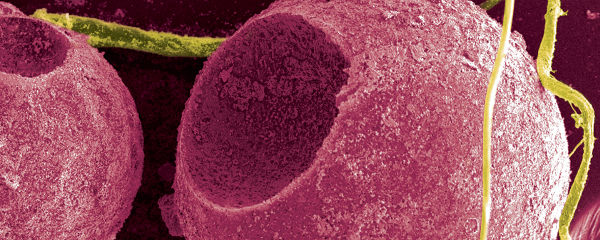What I’ve Learned:
“Convergent evolution: When great genes think alike.”
There’s no commandment in nature saying, “Thou shalt not covet thy neighbor species’ competitive survival advantage.” Mother Nature plays it pretty fast and loose with the rules.
For instance, say you’re a tree frog living high in the branches of some verdant tropical forest. Maybe some of your chittery squirrel pals have adapted their flappy limb skin and learned to glide gracefully from treetop to ground, whereas your species’ method for quick descent ends with a splat and an unfortunate frog-innard mess. Have you missed the gliding boat, simply because you decided to hop off the evolutionary squirrelhood branch before gliding came up?
Not at all, wartyballs. Because you can still develop gliding abilities on your own — completely separate from those showoff squirrels — in a process known as convergent evolution.
As processes go, convergent evolution is really just evolution, in an encore presentation. When the same environmental pressure is applied to different species, they may adapt in ways that appear similar, but are actually unique and occur entirely independently. So just because the tree rats figured out one way to glide doesn’t mean that the frogs can’t find another and glide alongside them. The squirrels don’t hold the patent on the technology; anybody with a flexible genetic code and a few millennia to burn can follow in their footsteps. Even Italian plumbers, apparently. Mother Nature’s not picky.
Are there other examples of evolution going back to the well over and over to solve the same problem in similar ways, like Jonah Lehrer barfing out a thousand words of recycled New Yorker fluff? You betcha.
For starters, there are animal wings. Bats, birds and prehistoric flying dinosaurs don’t have a lot in common — except that they all learned to fly, and grew their own appendages to do so. But in shape and structure, all those wings are different; the adaptations they made were in response to the same need for flight, but unique to the type of animal yearning for air time.
There are plenty of other instances of convergent evolution, too. Like eye structures in vertebrates versus squid, or echolocation in bats and dolphins, or fruit production in a variety of plants. It also happens at the molecular level — some enzymes converge on similar configurations of active site pockets, and some specific DNA and amino acid changes have been found (in the case of sonar-using bats and dolphins) to have occurred in separate species, independently helping to enable the same biological function.
Seriously, that level of convergence is straight-up crazy. Mother Nature goes completely off the rails sometimes. I really think the old girl should switch to decaf.



